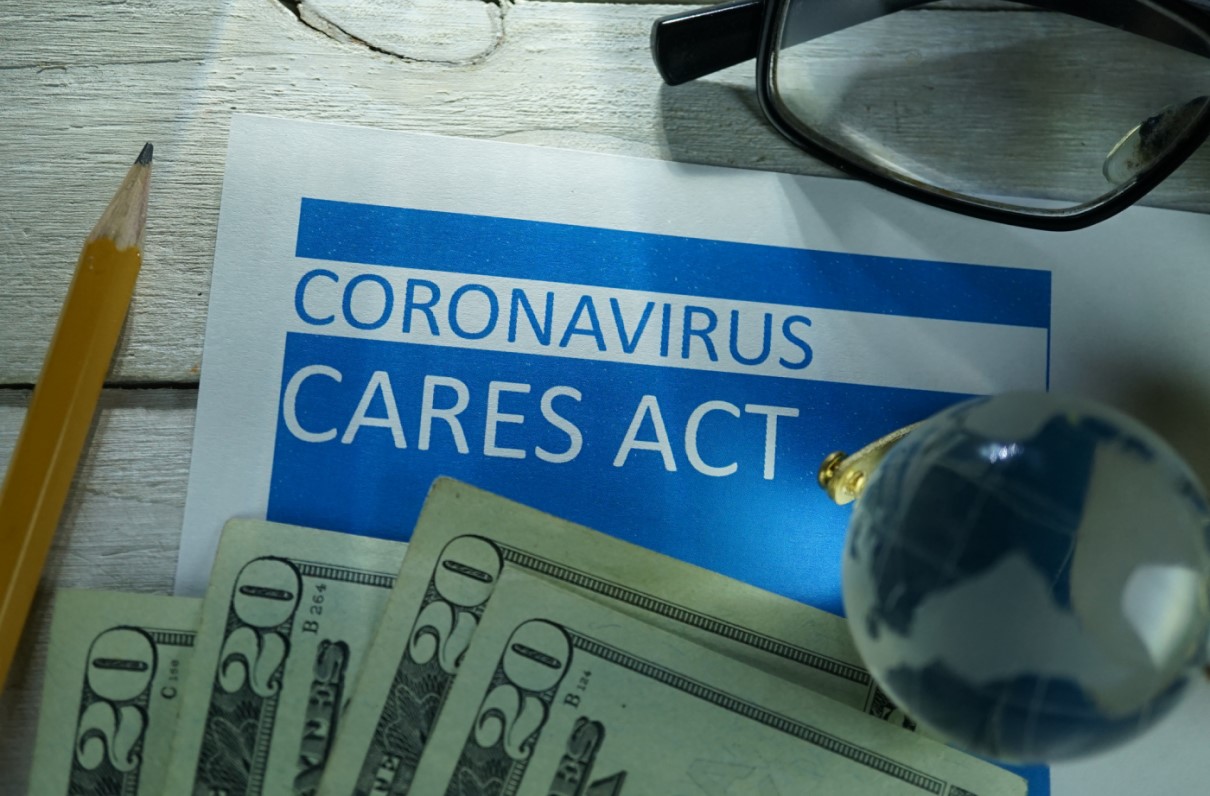(A version of this article by Col. Curt Sheldon, USAF (Ret), CFP®, EA, originally appeared in Military Officer, a magazine available to all MOAA Premium and Life members. Learn more about the magazine here; learn more about joining MOAA here.)
As 2020 clicked by, changes to the Tax Code probably weren’t top of mind for you. That is understandable. But, between the SECURE Act and the CARES Act, there were significant changes to the Tax Code, and you’ll want to be aware of them when you file your return this year and as you do your tax planning going forward. Below, you’ll find what you need to know about CARES Act changes.
[RELATED: Your 2020 Taxes: Understanding the SECURE Act]
The Coronavirus Aid, Relief, and Economic Security (CARES) Act became law in March 2020 in response to the growing severity of the COVID-19 pandemic. It included nearly $2.2 trillion in stimulus, much of it targeted toward businesses and business owners. But there are provisions of the law that individual taxpayers need to be aware of.
Economic Impact Payments
The CARES Act provided taxpayers with income below certain limits with a payment of $1,200. For married couples, the amount was doubled to $2,400. The Economic Impact Payments also included $500 per child younger than 17 on Dec. 31, 2020. Parents of dependents 17 or older did not receive the $500, and the child did not receive a payment either. The payments were made based on your 2019 or 2018 tax return, but the amount you were eligible for is based on your 2020 income.
When you file your 2020 tax return, you’ll need to reconcile the amount received and the amount authorized. If the amount authorized is greater than the amount received, you will get a credit toward your 2020 tax.
If the amount authorized is less than the amount received, you do not have to pay it back. If your child who was a dependent when your payment was calculated was not a dependent in 2020, make sure he or she claims the entire $1,200 credit.
[RELATED: More Financial Resources From MOAA]
Charitable Contributions
If you live on base or in post housing, you probably don’t itemize your deductions. That means you get no tax benefit from your Combined Federal Campaign or other charitable contributions.
You and others who don’t itemize get a one-time good deal and can deduct $300 of cash donated to charity in 2020 without itemizing. If you itemize, you’ll deduct charitable contributions like you always have.
Reporting Retirement Account Distributions
If you took a coronavirus-related distribution from the Thrift Savings Plan or other retirement account, it will be included in your income over three years starting in 2020. You must elect to have the entire distribution included in your 2020 income. If you pay the money back within those three years, you can treat the funds as a rollover. You’ll file an amended tax return to get the taxes paid on the prior years’ distributions.
This is all similar to what I used to hear on active duty: The only constant in tax law is change. We’ll probably see more.
Col. Curt Sheldon, USAF (Ret), CFP®, EA, is president and lead planner at C.L. Sheldon & Company, LLC, a financial planning and tax firm. He is a Life Member of MOAA.
